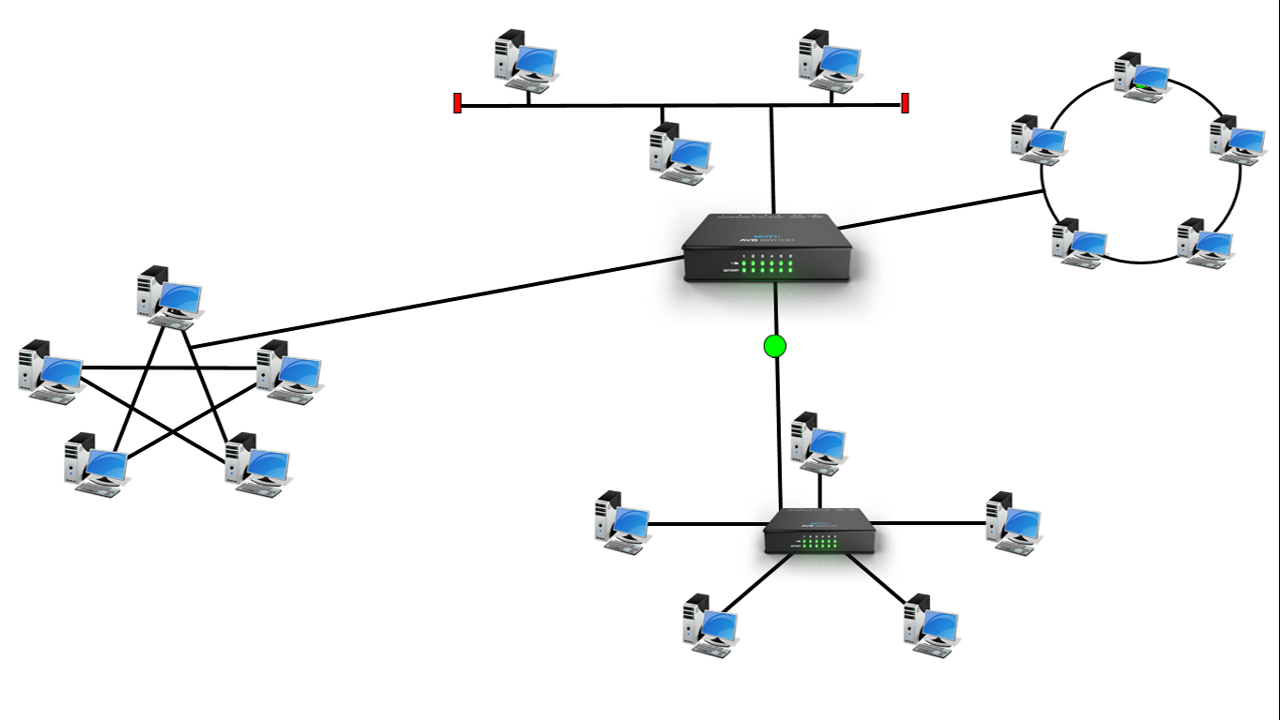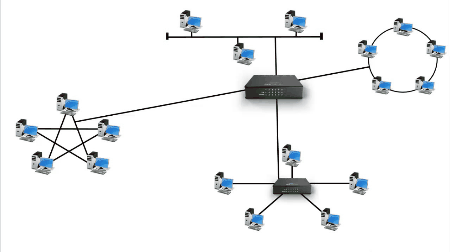What is Router in Networking
The router is a networking device that works under the network layer of OSI model. It transfers data in the form of packets and used to connect two or more different networks with each other. The router is having the ability to create multiple paths for data transmission and choose the best route to transfer the same. A router is quite common to find at home, business, school, colleges, etc which allows your network to communicate with other networks including the internet. In this post, we are going to learn the types of Router, how the router works in networking, Router functions, and its advantages and disadvantages.

The router is an intelligent network layer device. It connects two or more network segments which may be near or very far and having different types of cabling. Hence it can work in LAN, CAN, MAN and WAN environments. Routers come in a variety of shapes, sizes, and functions. Small routers (Linksys, D-Link make) are used in homes and small businesses. Mid-sized routers are used to connect a couple of buildings and the massive backbone routers are used in big organizations.
Types of Router in a computer Network
- Static Router
- Dynamic Router
Static Routers: It basically uses in small networks. Static Routers enables the network administrator to enter the route information manually in the routing table. But this process is very time-consuming.
Dynamic Routers: It is basically used in a large network. Dynamic Routers Update the routing table automatically according to the changes in network topology and information received from other routers. This process is not time-consuming and less susceptible to error. This job is accomplished with the help of routing protocols such as RIP, OSPF, BGP, and IGRP.
How Router works in networking
When the router receives a packet, first of all, it will check the destination address of the packet. If the destination address lies on the same segment (network) then the router will directly transfer the packet to its destination. If the packet does not belong to the same network then it will check its routing table and passes the packet to the next router specified in the table.

Functions of a Router in Networking
The router has advanced functions as compared to other networking devices. The router features depend upon an intelligent working. The features of a router are:
- Transfers data to the destination node by selecting the best path.
- Connects different types of networks.
- Shares information with other routers in the network.
- Contains a routing table that keeps track of the routes to networks.
Disadvantages of Router in Networking
- More expensive than bridges and repeaters
- Operates slowly in the network than bridges and repeaters
- Does not allow broadcast from one network to another


